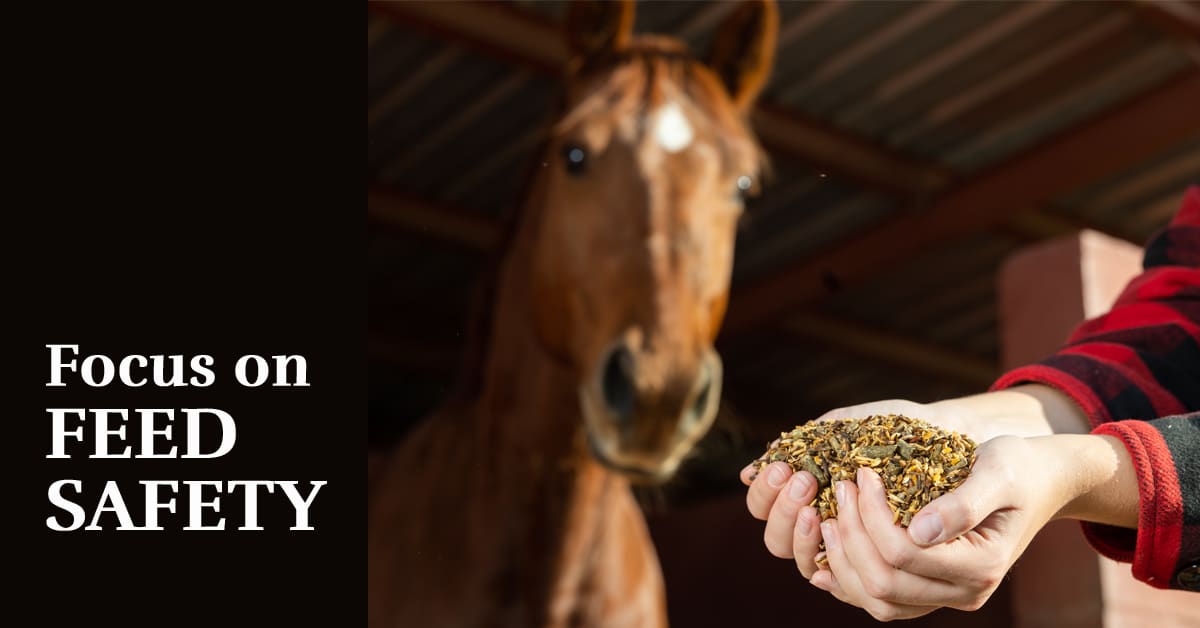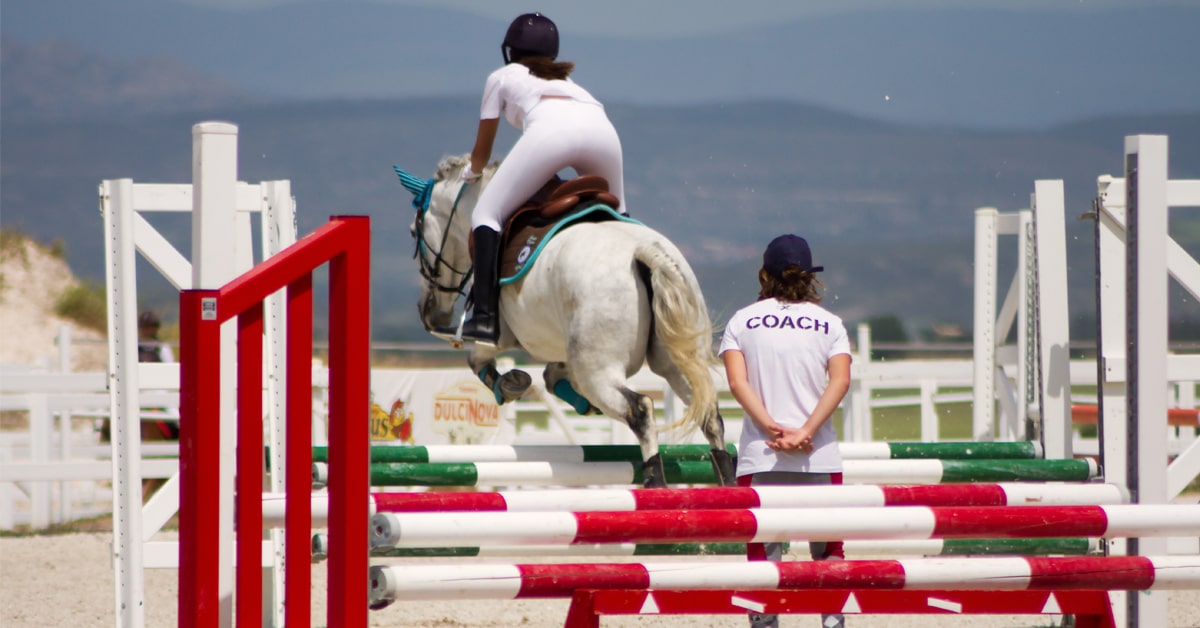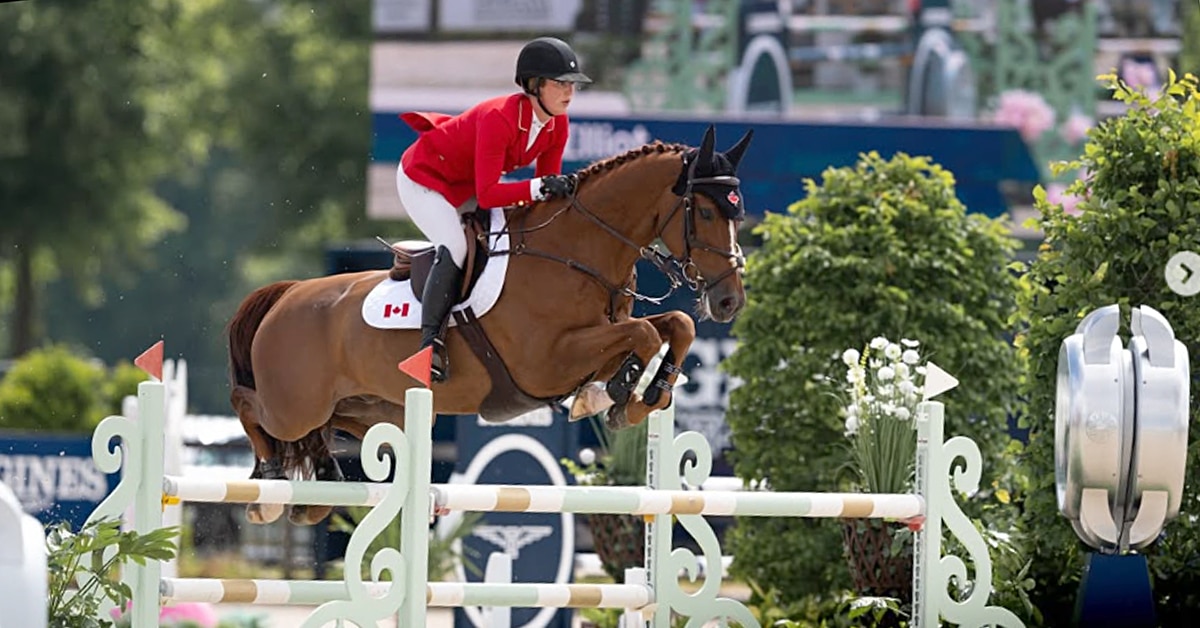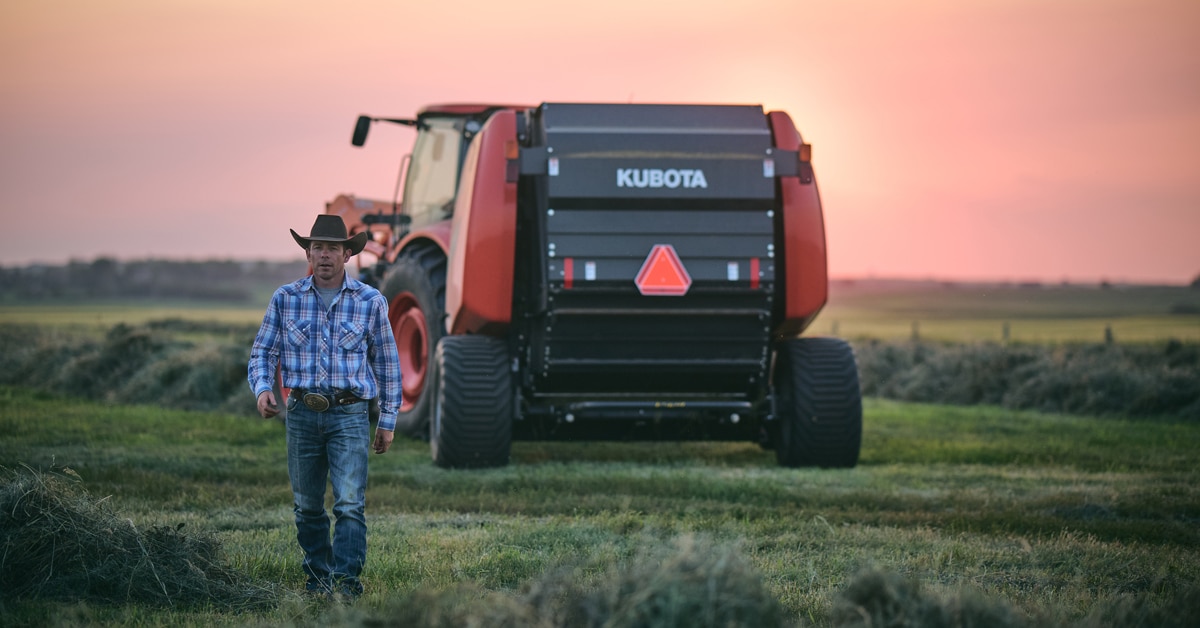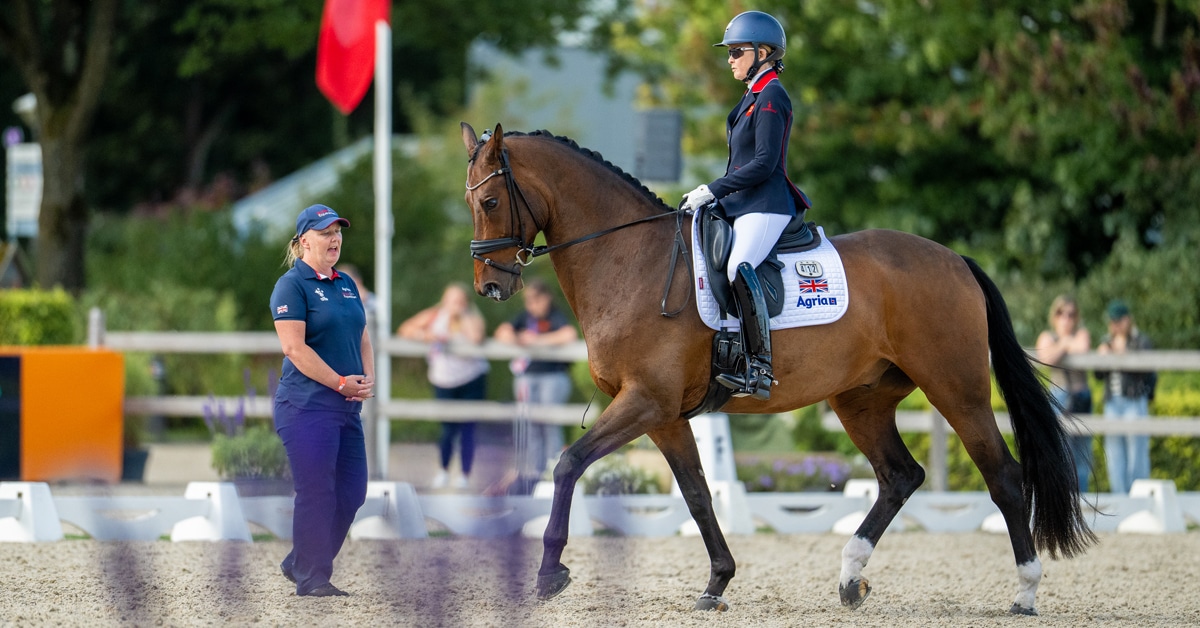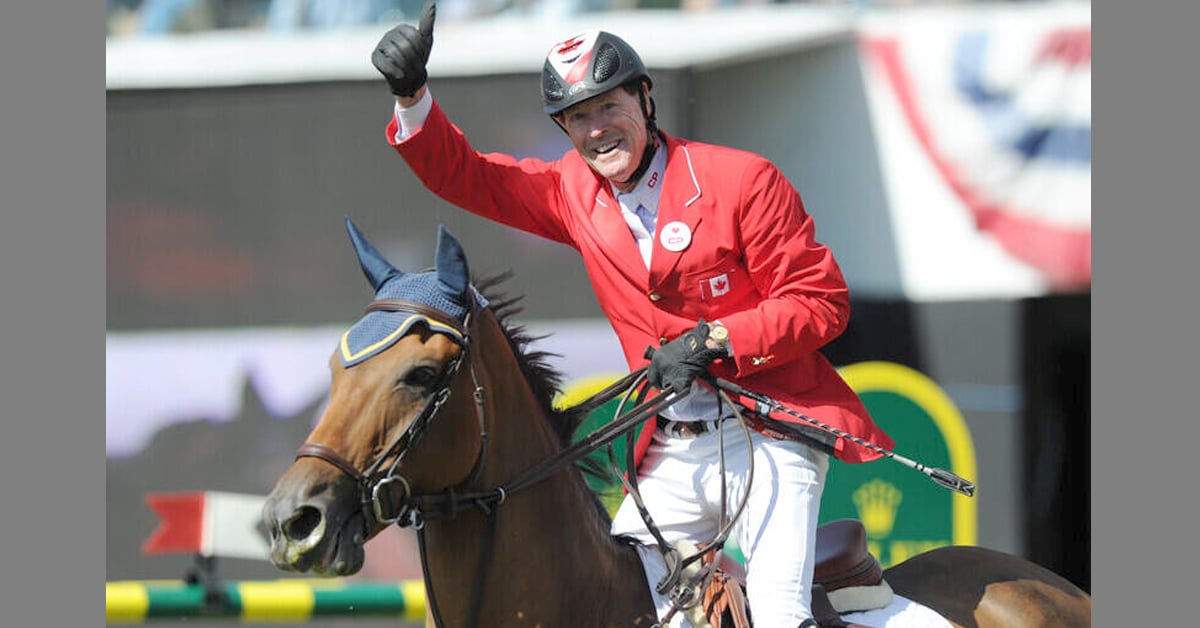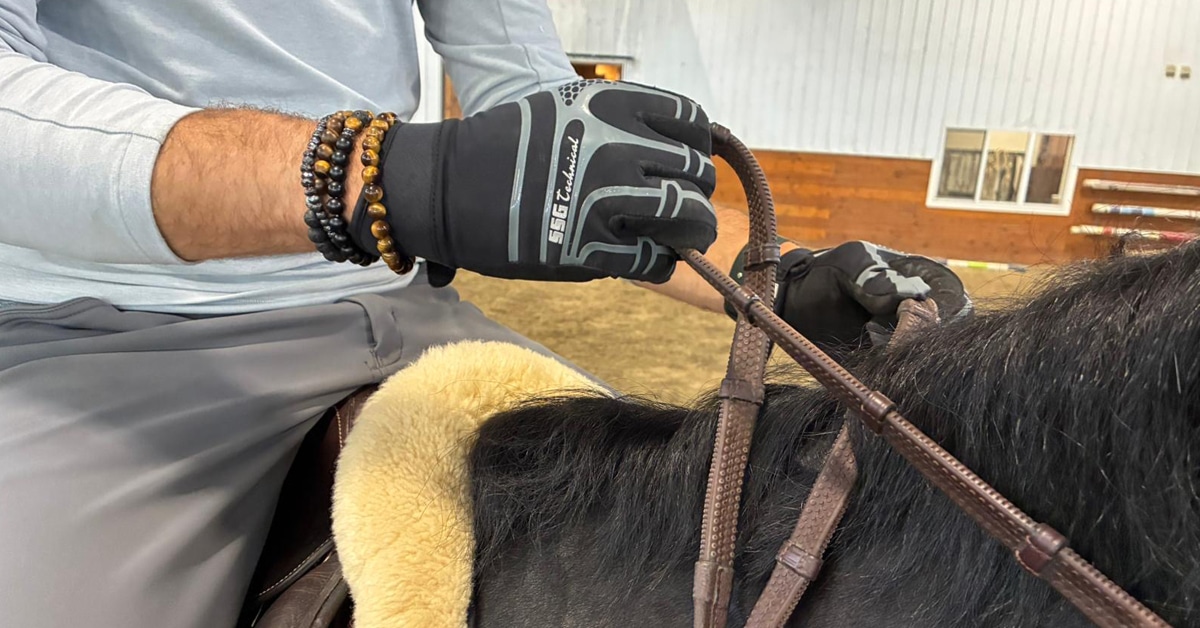On September 15, the BBC News website published an article by their environment correspondent, Helen Briggs, which opened by saying: “Scientists have produced gene-edited animals they say could serve as ‘super dads’ or ‘surrogate sires’.”
The article continued, “The pigs, goats, cattle and mice make sperm carrying the genetic material of donor animals” with researchers using a hi-tech gene editing tool to knock out a male fertility gene in livestock embryos. “The animals were born sterile, but began producing sperm after an injection of sperm-producing cells from donor animals.” According to the US-UK research team, “The technique would enable surrogate males to sire offspring carrying the genetic material of valuable elite animals.”
This concept has been developed as “a step towards genetically enhancing livestock to improve food production” and, according to Prof. Jon Oatley of Washington State University’s College of Veterinary Medicine, “This can have a major impact on addressing food insecurity around the world. If we can tackle this genetically, then that means less water, less feed, and fewer antibiotics we have to put into the animals.”
The article explained that “the surrogate sires were confirmed to have active donor sperm. And the mice fathered healthy offspring that carried the genes of the sperm donor.” While larger animals have not yet been bred, Prof. Bruce Whitelaw of the Roslin Institute at the University of Edinburgh, Scotland, said the study provided a powerful proof of concept. “This shows the world that this technology is real. It can be used. We now have to go in and work out how best to use it productively to help feed our growing population.” According to the researchers, the technology could also help in the conservation of endangered species, but the speed at which the science could be put into action would be influenced by policymakers.
In a pre-emptive strike, the UK government last month announced its intention to hold a consultation in the fall on whether to allow such gene editing. Adversaries have already vented their opposition to the concept, arguing that “it simply accelerates the process that would have happened anyway with selective breeding.”
Gene editing concept explained
The gene editing concept known as CRISPR was explained in New Scientist in 2018 as “A technology that can be used to edit genes and, as such, will likely change the world.” It went on to explain the simple essence of CRISPR as being “a way of finding a specific bit of DNA inside a cell,” after which the next step in CRISPR is gene editing, usually to alter that piece of DNA. “However, CRISPR has also been adapted to do other things too, such as turning genes on or off without altering their sequence.” Adding; “There were ways to edit the genomes of some plants and animals before the CRISPR method was unveiled in 2012, but it took years and cost hundreds of thousands of dollars. CRISPR has made it cheap and easy.
“CRISPR is already widely used for scientific research and, in the not too distant future, many of the plants and animals in our farms, gardens or homes, may have been altered with CRISPR. In fact, some people are already eating CRISPRed food.”
Cloned testicles
Earlier in September, New Scientist had also published an article entitled; “Cloned testicles let goats father the offspring of another mail”. Essentially, the purpose of this process is to speed up livestock breeding wherein biologists “created pigs, goats, and mice whose testicles are effectively clones of those of a different male, meaning these animals father that male’s offspring”, effectively allowing farmers to breed animals with certain desired characteristics.
Sport horse perspectives
I’m sure we all remember Dolly the sheep, the first mammal cloned using the process of nuclear transfer – also resulting from research undertaken at the Roslin Institute of the University of Edinburgh. Dolly was born in 1996 from the proceeds of three mothers: one provided the egg, another the DNA, while the third carried the cloned embryo to term.
Since then other animals have been successfully cloned, including pigs, deer, bulls and, of course, horses. The latter remains a controversial, if not contentious, issue today, with very few sport horse breeders turning to cloning as a way of perpetuating ‘legendary’ bloodlines.
One horse sport in which cloning has become not only common, but even fashionable, is polo, which has reportedly been transformed by the use of champion-pony clones.
A Vanity Fair article published in 2015 outlined how Adolfo Cambiaso – one of the greatest polo players of all time – lost Aiken Cura, his beloved champion stallion in 2006, but had the forethought to make what some considered to be a curious request of his veterinarian before the horse was euthanized through injury. Cambiaso asked for a skin sample to be deep frozen thinking that maybe, one day, he could do something with the cells.
Fast forward 10 years, when a ‘clone’ of Aiken Cura was bred and trained for competition. Since then, Cambiaso has become a cloning advocate whose company Crestview Genetics, founded by Texan Alan Meaker, and alongside Argentinean tycoon Ernesto Gutiérrez, has created many clones of Cambiaso’s champion polo ponies who have played in top tournaments. Not only cloning for themselves, but also for other international polo players who are prepared to invest the $120,000 per horse.
Polo is the most ‘open’ to cloning of all the equestrian disciplines, with no restrictions on which breeds players can use to compete, and with an extremely progressive governing body that allows experimentation with any breeding technology that might elevate the level of play. So, will ‘gene editing’ also be seen in the future of polo breeding?
WBFSH statement on cloning
Following a joint meeting of the WBFSH Board and Executive Committee in Brussels in March 2007, the following statement of cloning was issued: “Currently there is no legislation that prohibits cloning. The method is used broadly, in the medical industry, in agriculture, as part of future welfare and health solutions, and as a method of breeding.
“The Board and the Executive Committee wish to adopt a pragmatic attitude towards cloning although basically the ethics of the method are considered doubtful and despite the fact that breeding progress as a result of cloning is estimated to be limited if any. Breeding progress is connected with the generational change.
“It is not likely that future legislation is going to forbid cloning. Thus, the individual studbook needs to decide whether clones can be part of the breed improvement programme or not. It is likely, though, that future EU-legislation will prescribe a formal registration of clones as it already prescribes registration of all horses.
“Such registration would open up a possibility to follow the clones closely and to see if they actually could have a positive impact in the sport and/or in the breed.
“However, when or if registering the clones, it is very important that the name of the clone includes the word clone, and that the passport of the clone has very clear indications of the origin (for instance breeder of the donor and producer of the clone).
“If studbooks choose to allow clones and their offspring to enter the breed improvement program of the studbook, it is recommended that they be tested as individuals and not just accepted as being equal to their donors in performance.
“The WBFSH will be pressing the European Union for legislation in the field of cloning.” Since then, of course, some of the best-known names in equestrian sport have been successfully cloned – Quidam de Revel, ET, Gem Twist, Air Jordan Alpha Z, Chellano Alpha Z…
EU bans cloning
On June 17, 2015, the European Parliament in Brussels issued a press release entitled, “Ban not just animal cloning, but cloned food, feed and imports too, say MEPs”. This included the outlines of a draft law to “ban the cloning of all farm animals, their descendants and products derived from them, including imports.”
Some three months later, the European Parliament voted in favour of implementing the law by a substantial margin. And, although horses have not been designated as ‘farm animals’ at least since WWII, the FEI subsequently decided to ban clones from competition, much to the consternation of those breeders who had already produced cloned sport horses.
Modern breeding technology run amok!
Horse Sport Ireland maintains that, “Advances in reproductive technology, such as artificial insemination and embryo transfer, have enhanced the dissemination of superior breeding genes. These artificial reproductive techniques have also strengthened specific sport horse breeds and populations through targeted cross-breeding programmes. However, these techniques have also accelerated the potential spread of abnormalities via hereditary genetic conditions.”
This statement well illustrates that there is a very fine dividing line between the pros and cons of any type of “genetic engineering” and that a balance must be maintained to ensure that modern breeding technology doesn’t run amok!
***
This article is reprinted with the kind permission of World Breeding News – www.breedingnews.com
The Latest
